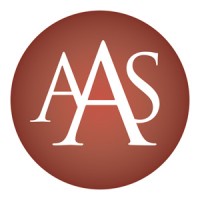
St. Thomas Public Library
Located in the heart of downtown St. Thomas, St. Thomas Public Library is your community hub for free access to technology, collections, services, resources, programs, and much more! As your library, we are committed to redefining what great library service looks like for St. Thomas. We hope you’ll stop by and visit us at 153 Curtis Street, St. Thomas, ON, Canada or visit us online at https://stthomaspubliclibrary.ca/ and see how the library can support your journey to lifelong learning. Find us on: Facebook: https://www.facebook.com/stthomaspubliclibrary Instagram: https://www.instagram.com/stthomaspubliclibrary/ Twitter: https://twitter.com/stpl_library






